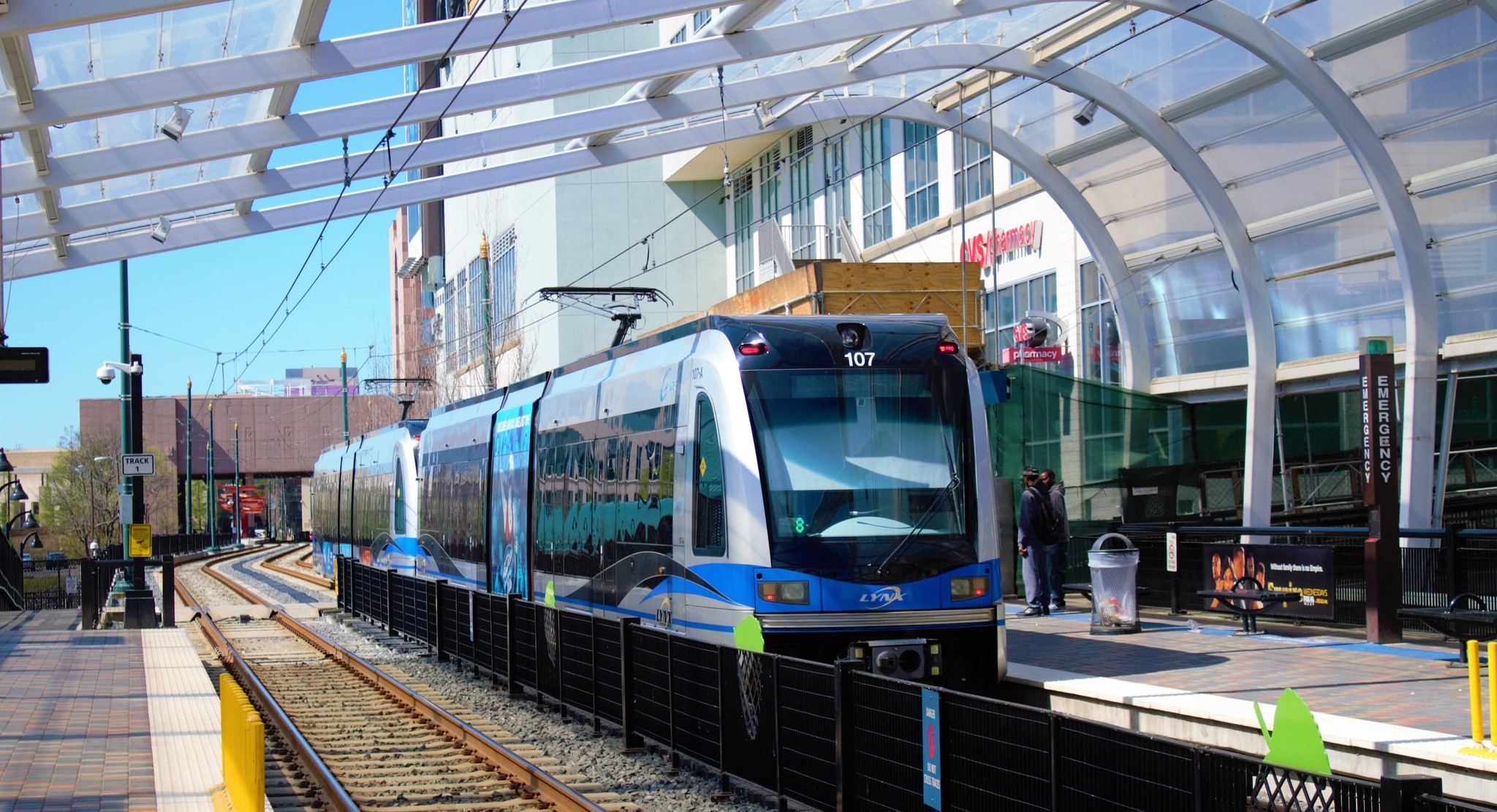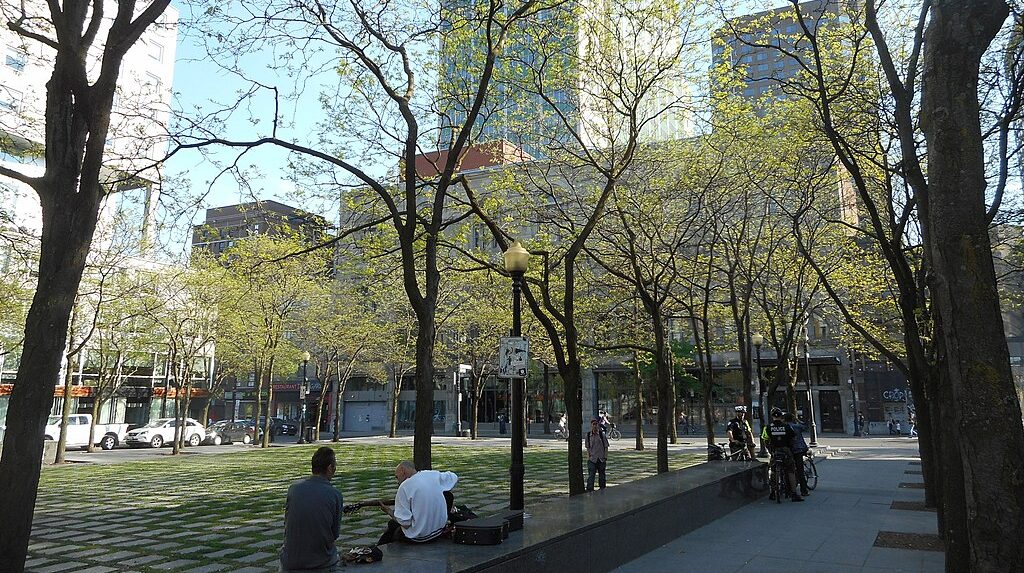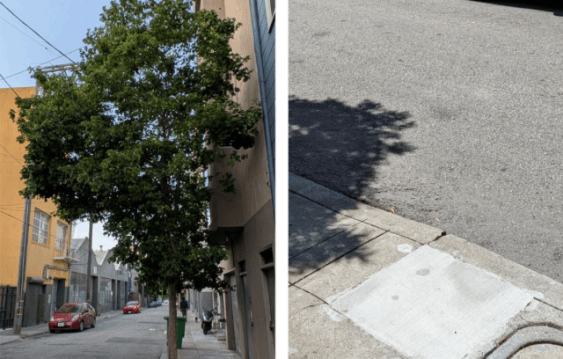Here's a crazy story that illustrates just how outrageously single-minded traffic engineering profession can be.
Recently, Maryland resident Miriam Schoenbaum went to her State Highway Administration to request guard rails after two cars drove into her yard, which is situated on the fourth side of a three-way intersection.
Here's where it gets ridiculous: she was told no -- because in Maryland, guardrails aren't for protecting people from cars, they're only for protecting cars from dangerous objects.
Her family members? Not dangerous to cars. So, no guard rails needed!
Schoenbaum recounted her frustrating experience with MSHA recently in a post on Network blog Greater Greater Washington:
According to the SHA guidelines, a traffic barrier is warranted only if there is a roadside obstacle that cannot be removed or relocated out of the road's clear zone, defined as "the total roadside area, starting at the edge of the travel lane, available for safe use by errant vehicles."
They do not allow SHA, in general, to put up a traffic barrier to protect people who are not in cars from being driven into. People who are not in cars are not a roadside obstacle that motorists need shielding from. And indeed, at least judging from our experience, it is not dangerous for a person in a car to drive into a yard where people, not in cars, might be.
But the lack of a guard rail was a very big problem for Kelay Smith and Derrick R. "Mooky" Jones, who were killed by a driver in Prince George's County in August 2008 while they were walking along a stretch of MD Route 4 without sidewalks or guard rails. And it should be a very big problem for the State of Maryland, which was ordered by a civil jury in March to pay $3.3 million to Smith's daughter and mother.
State traffic barrier guidelines notwithstanding, people in cars are not the only users of the road. What will it take to get the SHA to revise its guidelines to routinely take the safety of all road users into account? This is not a rhetorical question.
Elsewhere on the Network today: Twin Cities Sidewalks examines how signage tells the story of modern conflicts over transportation. California Streets condemns BART's bad behavior during protests last week and the resulting fallout. And Where the Sidewalk Starts comments on how much more critical sidewalk conditions become when a baby and a stroller enter the picture.






